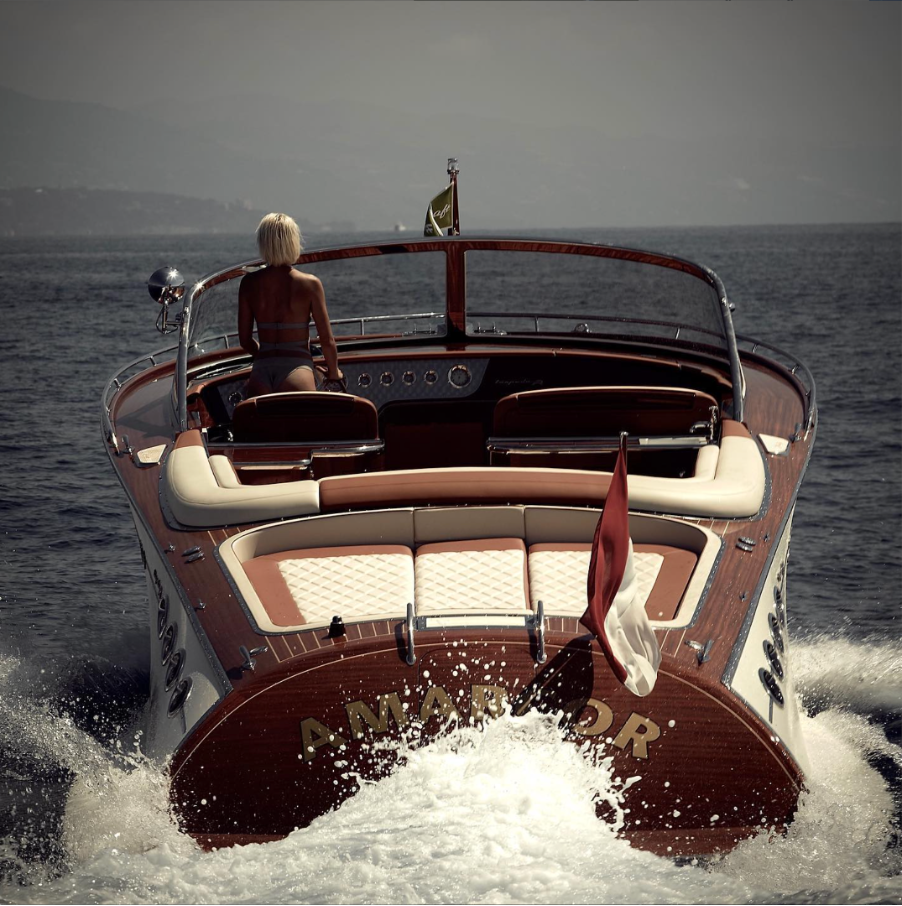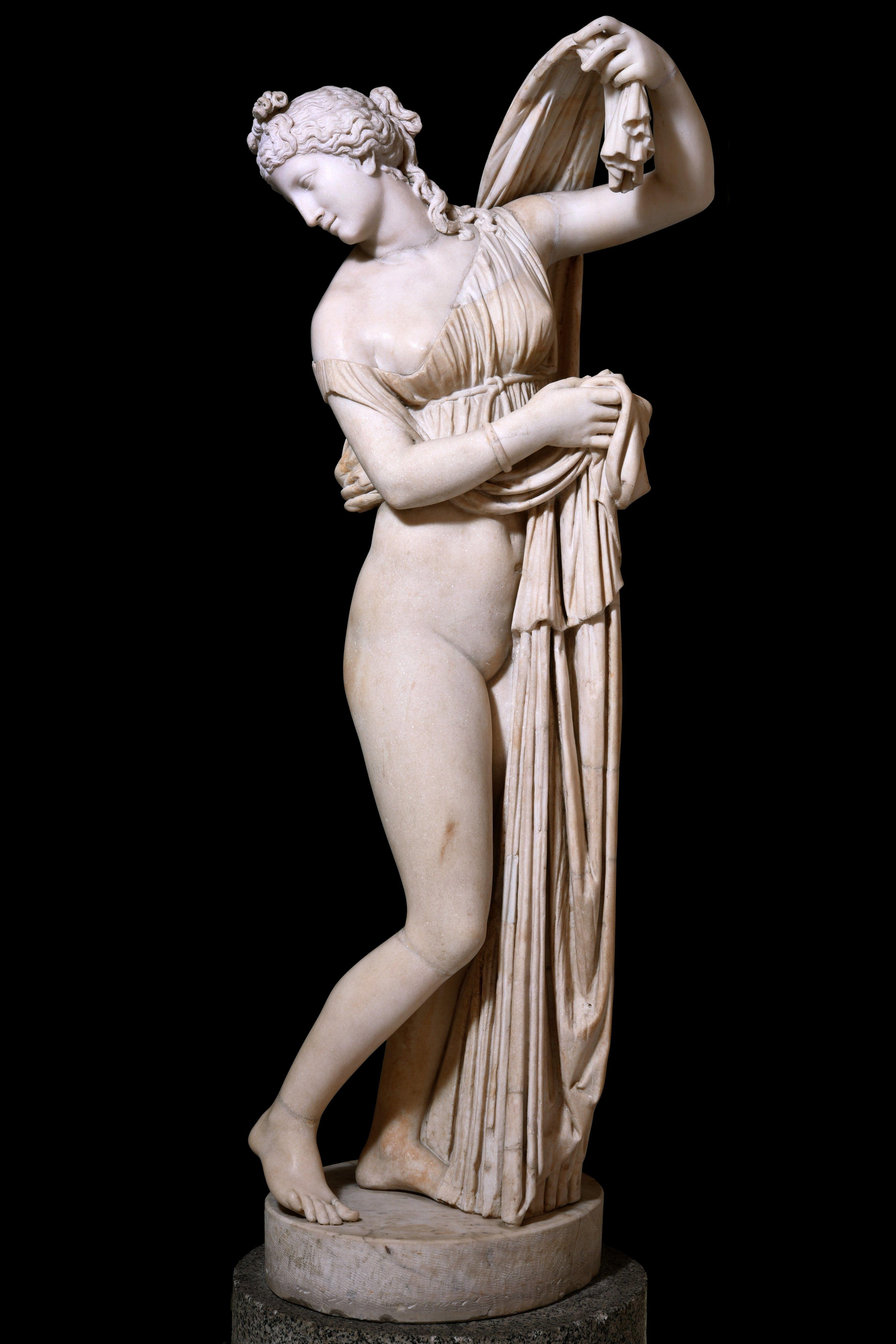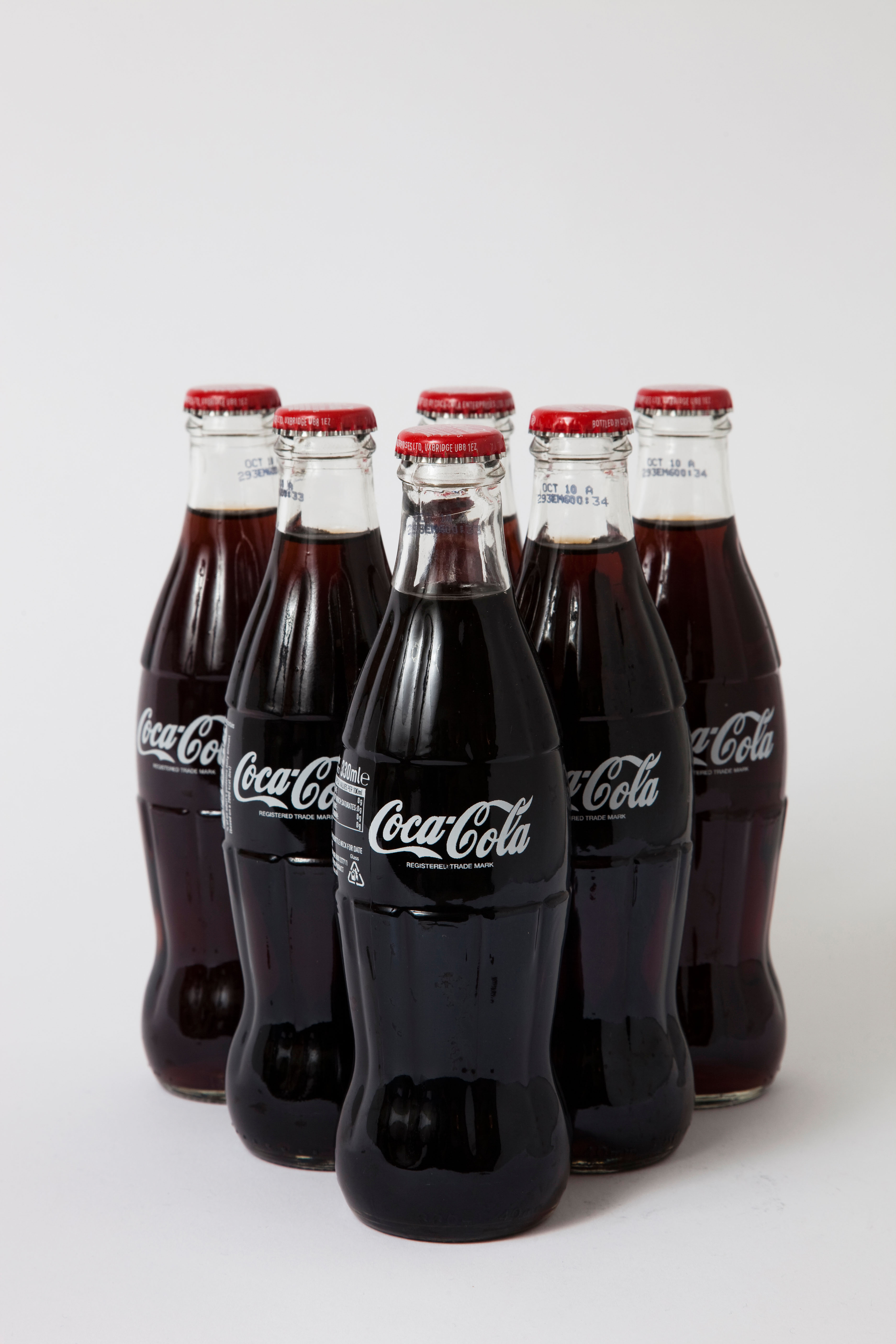Journal #6
The Power of the Curve
Stephen Bayley, cultural commentator and co-founder of the Design Museum in London, discusses the allure of the female form in design
Words by: Stephen Bayley

There is little doubt that the J Craft Torpedo’s styling evokes the dolce vita era when
Burton and Taylor inhabited Taormina’s Wunderbar, a haunt now tragically
abandoned to tourists. So, a J Craft’s visual appeal is partly based in a poignant sense
of loss and nostalgia for past glories. This is what aestheticians call the associational
response – a cache of memories released on sight. But its appeal is founded in
something more primal: a deep-rooted appreciation for the female form. This is the
direct aesthetic response we have to such a gorgeous shape. It works unconsciously
but is no less powerful for that.
Naval architects have developed a whole vocabulary to describe their art. There are
strakes, freeboards, forward sheers, rounded gunwales and some even talk of water-
plane area coefficients. But the most interesting is ‘tumblehome’, a term which
describes the way a hull, seen from front on, gets narrower as it rises above the
waterline. This has certain hydrodynamic advantages in terms of stability, which is
why the US Navy’s new Zumwalt-class destroyers feature dramatic tumblehome in
their design. Not only does the tumblehome design bring all these attributes to the J
Craft Torpedo, it also channels the historic inspiration of the feminine form in design,
by emulating the curves of a woman’s hips.
Then there are the other curves of the hull. To the human psyche, the female body is
a most familiar and intrinsic form. For reasons based in the foundations of the
brain’s architecture, a curve – because it suggests either maternal warmth and well-
being or an intimate encounter – touches a more profound part of the subconscious
than a parallelogram. Maybe this is because the female form is not right-angled.
Essentially, curves are more emotive than straight lines.


The iconic Coca-Cola bottle was inspired by the famous classical sculpture, Venues Callipyge
There is nothing new here. The most famous classical sculpture of Aphrodite, goddess of love, is called Venus Callipyge, which translates as “shapely bottom”. When pioneer design consultant Raymond Loewy wanted to explain the ineluctable appeal of the Coca-Cola bottle, he readily described its ‘Callipygian curves’. (Loewy did not create the bottle himself but was happy to be associated with this most successful of packages and his remark has gone down in design history).
Gerry McGovern, creative director of Jaguar Land Rover and responsible for the
transformation of Land Rover from supplier of agricultural equipment to
manufacturer of seductively desirable, luxury ground-transport, once took his
inspiration from shapely bodies working out in gyms. Marvel at the beautiful,
seamless surfacing of the current Range Rover and you will understand how inspiring
a gym can be.
A big quest in design research now is to prove – with the aid of dry electrodes and a
scanner tuned into the brain’s beta and gamma frequencies – the allure of curves
scientifically. Experimental results show that our neural colonies all get excitedly up
in arms when presented with a curve. Voluptuous shapes excite the part of the brain
that processes emotion, while angular shapes stimulate the dark core of your
amygdala, the brain’s fear centre.

The history of art and design is littered with examples of the female form as a source
of inspiration. The plan of medieval churches was inspired by the female
reproductive system. In the 1955 Le Mans Vingt-Quatre Heures endurance race,
Carlo Mollino competed in an idiosyncratic design of his own invention whose two
hulls deliberately evoked female breasts. A controversial Anish Kapoor installation at
Versailles was inspired by the womb. And it is not just men who are inspired by the
female form. The world’s most famous, if not best, woman architect was Dame Zaha
Hadid who made her reputation with curvaceous shapes that are emphatically
feminine, such as her design for the Qatar 2022 World Cup with its dramatic almond-
shaped skylight.
In the desert or on the ocean, there is no getting away from the influence of the
female form in design.
Stephen Bayley is the co-founder, with Sir Terence Conran, of the Design Museum in
London, and is a cultural commentator, broadcaster, journalist and author. His many
books include Women As Design: Before, Behind, Between, Above, Below…; Design:
Intelligence Made Visible; and Cars: Freedom, Style, Sex, Power, Motion, Colour,
Everything.